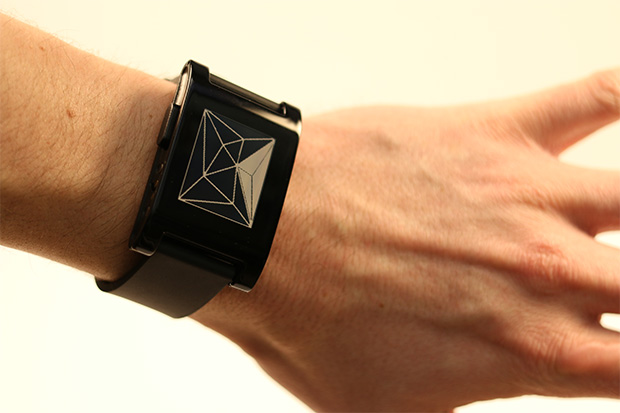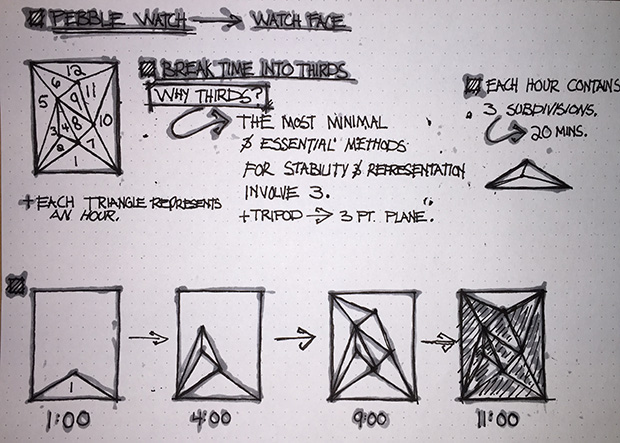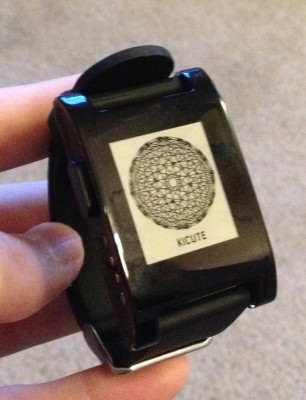
This project was originally inspired by a hitchhiking trip I took with an eccentric, technophobic friend; he wanted to use our disconnect from home as an opportunity to free ourselves from the expectations of cell phones, push notifications, the internet, and, perplexingly, clocks. He believed there was something more interesting and authentic about asking strangers for the time, and making approximations in the interim. Not only did it free you from the obligations associated with “exact” time, it forced the operation of checking the time to be collaborative and interactive, requiring trust in a human point of contact to get a universal “grounding” in the world around you.
At the time, I wondered how this idea could possibly scale, what it would mean for *everyone* to rely on others to approximate what time it is. I remembered a TED talk I saw once, where a speaker demonstrated that the average of guesses in a crowd for something such as the weight of an Ox or the count of a jar of jellybeans was exceptionally close to the exact one.
This led me to believe that if *everyone* was asked for the time at once, the average of their responses might be accurate, or at least interesting. After all, what are we really doing when we’re checking the time? Sometimes we are figuring out when to leave, when to wake up; often, we’re just trying to re-callibrate our sense of where we are in our day: How long until it gets dark? Until this movie ends? Until it’s “late”? In these instances, we have some idea of how much time has elapsed, but we look for some concrete validation that we’re aligned with the rest of the world.

My watch face displays a time reached by consensus. It has no sense of universal time internally, but rather asks the user at random intervals what they think the time is, and pulls the average of all user’s approximations. The watch then measures and displays the number of seconds since the last pull. The result is a subjective, “universal-ish” notion of time that is governed entirely by estimation.
Originally, I wanted time to be measured in how long it had been since the user unlocked their phone, requiring an estimate on the watch before their phone screen would unlock. However, this was only really possible using an Android device, and I have an iPhone. I still think this would be an interesting extension, forcing users not only to stop and think before they check their notifications, but give some attention how often they are checking their phones.
Also, my watch isn’t very pretty in design. Some work into this effort might be helpful as well.





